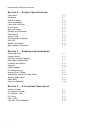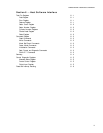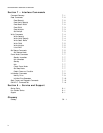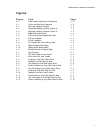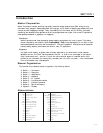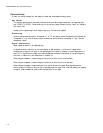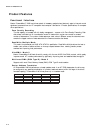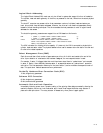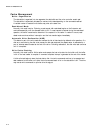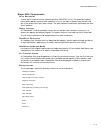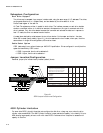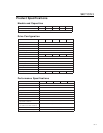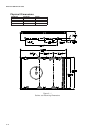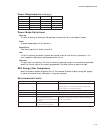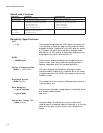PRODUCT DESCRIPTION
2 – 3
Logical Block Addressing
The Logical Block Address (LBA) mode can only be utilized in systems that support this form of translation.
The cylinder, head and sector geometry of the drive, as presented to the host, differs from the actual physical
geometry.
The host AT computer may access a drive of set parameters: number of cylinders, heads and sectors per
track, plus cylinder, head and sector addresses. However, the drive can’t use these host parameters directly
because of zoned recording techniques. The drive translates the host parameters to a set of logical internal
addresses for data access.
The host drive geometry parameters are mapped into an LBA based on this formula:
LBA = (HSCA - 1) + HHDA x HSPT + HNHD x HSPT x HCYA (1)
= (HSCA - 1) + HSPT x (HHDA + HNHD x HCYA) (2)
where HSCA = Host Sector Address, HHDA = Host Head Address
HCYA = Host Cylinder Address, HNHD = Host Number of Heads
HSPT = Host Sectors per Track
The LBA is checked for violating the drive capacity. If it does not, the LBA is converted to physical drive
cylinder, head and sector values. The physical address is then used to access or store the data on the disk and
for other drive related operations.
Defect Management Zone (DMZ)
Each drive model has a fixed number of spare sectors per drive, all of which are located at the end of the
drive. Upon detection of a bad sector that has been reassigned, the next sequential sector is used.
For example, if sector 3 is flagged, data that would have been stored there is “pushed down” and recorded
in sector 4. Sector 4 then effectively becomes sector 3, as sequential sectors are “pushed down” across the
entire drive. The first spare sector makes up for the loss of sector 3, and so maintains the sequential order of
data. This push down method assures maximum performance.
On-the-Fly Hardware Error Correction Code (ECC)
10 bits, single burst, guaranteed
Software ECC Correction
64 bits, single burst, guaranteed
28 bits, double bursts, guaranteed
Automatic Park and Lock Operation
Immediately following power down, dynamic braking of the spinning disks delays momentarily allowing the
read/write heads to move to an inner mechanical stop. A small fixed magnet holds the rotary actuator in
place as the disk spins down. The rotary actuator is released only when power is again applied.



